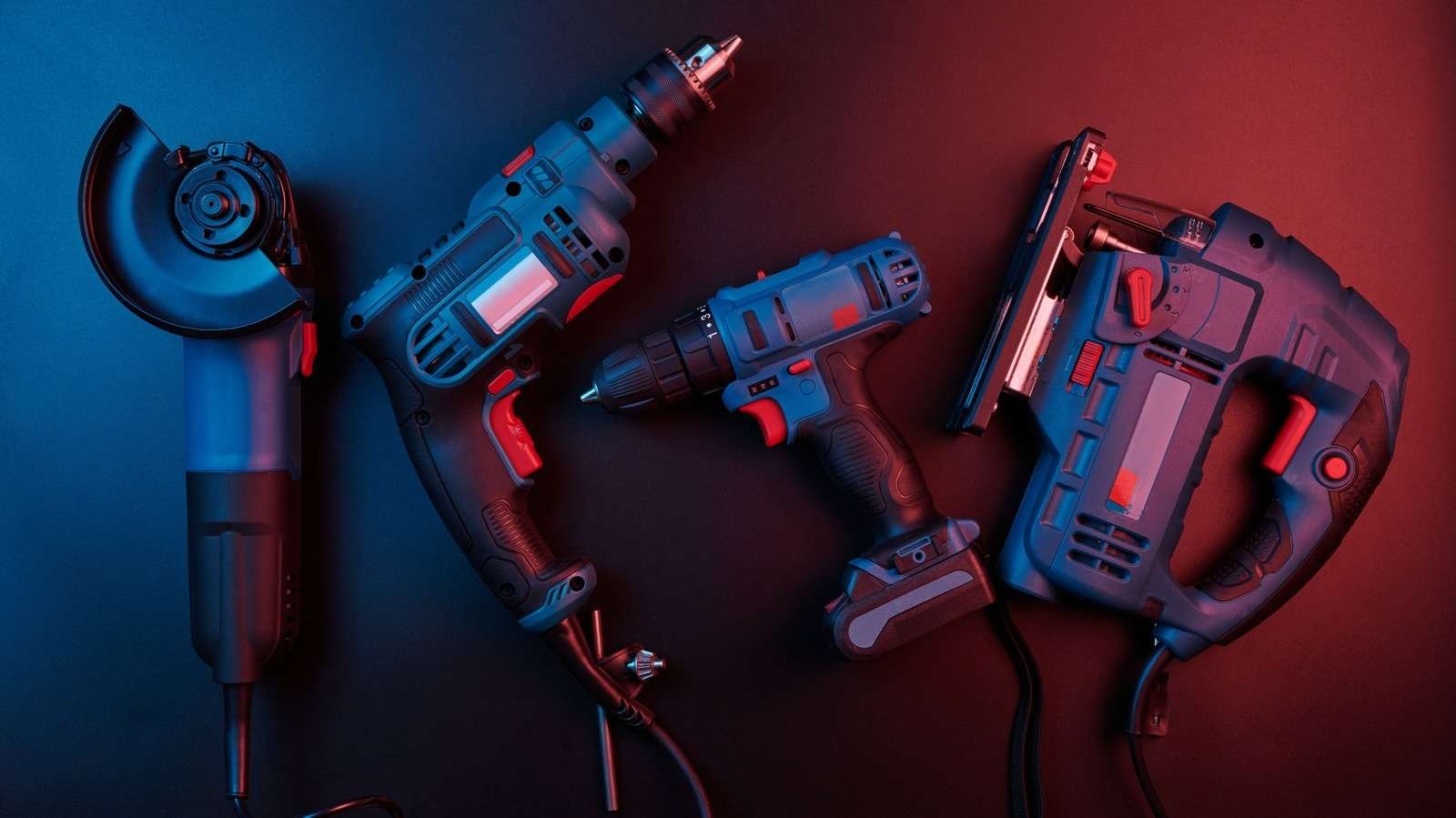5 Essential Tools Every Contractor Should Have in 2025
Introduction
Modern equipment and technology are influencing how contractors operate in the quickly changing construction sector. Possessing the appropriate tools promotes productivity, accuracy, and safety in addition to convenience. In order to stay competitive in 2025, contractors must continue to have access to cutting-edge tools as the need for quicker and more creative building solutions increases.

In order to succeed in 2025, contractors need to have these five key tools. Let’s explore how these technologies can improve your productivity and change the way you operate.
Why Having the Right Tools Matters
Enhancing Efficiency on the Job
It seems amazing to think of halving your project’s timeframe without sacrificing quality, doesn’t it? In addition to saving time, advanced tools simplify jobs. The correct tools streamline and expedite your workflow, whether it’s for quick installation or accurate measurement.
Ensuring Safety Standards
Every year, a considerable number of workplace accidents occur in the construction business. Smart monitoring systems and tools with integrated safety measures can significantly lower these occurrences, protecting your crew’s health.
Staying Competitive in the Market
Being unique is important in a crowded market. Using contemporary tools attracts well-known clients and profitable projects by demonstrating professionalism and creativity.
The 5 Essential Tools Every Contractor Needs
Tool #1: Smart Measuring Devices
The days of using only manual calculations or tape measures are long gone. Smart measurement devices are now considered industry standard as of 2025.
- Benefits of Precision Measurement
In construction, accuracy is essential. Laser technology is used by smart devices to provide accurate measurements, which lowers mistakes and material waste. - Top Smart Measuring Tools in 2025
- Bosch Blaze Laser Distance Measurer: Compact, reliable, and app-compatible.
- DeWalt Digital Laser Measure: Offers long-distance measurements with Bluetooth connectivity.
Tool #2: Cordless Power Tools
These days, cordless power tools are essential rather than optional. Contemporary cordless tools are as powerful as their corded predecessors, making them adaptable to any task.

- Versatility and Portability
Cordless equipment, such as drills and saws, offer versatility without the inconvenience of locating a power source. They are particularly useful on distant construction sites. - Must-Have Cordless Tools
- Milwaukee M18 FUEL Line: Known for durability and performance.
- DeWalt XR Series: Combines power with extended battery life.
Tool #3: Drone Technology
The way contractors oversee and manage projects is being completely transformed by drones. They offer unmatched aerial views, which improve the efficiency of project planning and site inspections.
- Uses of Drones in Construction
- Mapping and surveying vast portions of a site.
- Tracking progress with high-resolution photos.
- Examination of dangerous or difficult-to-reach places.
- How to Choose the Right Drone
Seek out drones that have weather resilience, 4K cameras, and GPS. DJI Mavic 3 Enterprise and Autel EVO Lite+ are popular options.
Tool #4: Construction Management Software
It can be quite difficult to juggle several projects, budgets, and deadlines. This procedure is made easier by construction management software, which centralizes all project information.
- Features to Look For
- Updates in real time for monitoring projects.
- Tools for managing your budget to avoid going beyond.
- Scheduling tasks will guarantee their timely fulfillment.
- Leading Software Options in 2025
- Procore: An all-in-one solution for project management.
- Buildertrend: Tailored for residential contractors.
Tool #5: Wearable Safety Tech
In the construction industry, safety cannot be compromised. Wearable safety technology incorporates state-of-the-art technologies to avoid accidents and monitor health.

- Enhancing Worker Safety
Smart vests and helmets can track vital signs, identify weariness, and even warn employees of potential dangers. - Innovations in Wearable Technology
- SmartCap: Keeps an eye on weariness levels to avoid fatigue-related mishaps.
- SolePower Boots: Self-charging boots that monitor ambient factors and movement.
Investing in Advanced Tools
Balancing Cost and ROI
Although purchasing sophisticated tools may appear expensive up first, the return on investment (ROI) is indisputable. Your bottom line will eventually increase as a result of these tools’ time, waste, and risk reduction.
Planning for Future Needs
Your toolset should adapt to the changing needs of the building industry. Selecting tools that are flexible and future-ready can help you stay ahead of the game.
Common Mistakes Contractors Make
Ignoring Technology Trends
You risk falling behind your rivals and losing out on high-profile projects if you don’t embrace new technology.
Overlooking Tool Maintenance
Regular maintenance is necessary for even the best tools. Ignoring this can result in expensive replacements or repairs.
Choosing Cost Over Quality
Budgetary restrictions do exist, but using less expensive technologies frequently leads to worse performance and greater long-term expenses.
Conclusion
Having the appropriate tools is not just essential in 2025, but also a successful approach. You may improve productivity, safety, and competitiveness by investing in smart measurement devices, cordless power tools, drone technology, construction management software, and wearable safety technology. Keep ahead of the curve and delegate the heavy lifting to your tools.
FAQs
What are smart measuring devices?
Smart measuring devices give precise measures with little effort by utilizing cutting-edge technologies like Bluetooth and lasers.
How can drones help in construction?
By providing site mapping, progress tracking, and aerial views, drones increase productivity while saving time and effort.
What features should I look for in construction management software?
Task scheduling, budget monitoring, and real-time updates are critical components of efficient management.
Are cordless tools as powerful as corded ones?
Indeed, contemporary cordless tools are made to provide more versatility and power levels that are comparable.
How do wearable safety technologies improve job site safety?
They make the workplace safer by keeping an eye on employees’ health, identifying potential dangers, and sending out alerts to stop mishaps.







